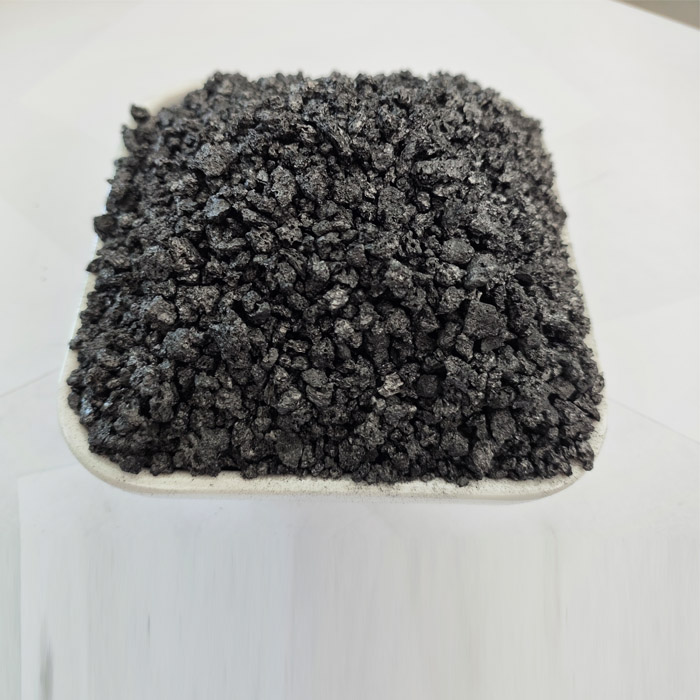Nov . 05, 2024 22:19 Back to list
Refractory Materials Production and Innovative Solutions for High-Temperature Applications
The Importance of Refractories and Refractory Materials in Modern Industry
Refractories are indispensable materials in numerous industrial processes. As high-performance materials capable of retaining their structural integrity and chemical properties at elevated temperatures, they play a critical role in various sectors, including metallurgy, glassmaking, cement production, and more. This article delves into the significance of refractories, their types, applications, and the future of refractory materials manufacturing.
What are Refractories?
Refractories are materials that can withstand high temperatures without melting or breaking down. Typically made from oxides, carbides, and nitrides, refractories possess a melting point greater than 1,500 degrees Celsius. They are engineered to withstand not only heat but also corrosion, thermal shock, and mechanical stress, making them vital components in high-temperature industrial processes.
Types of Refractory Materials
Refractory materials can be categorized into several types based on their chemical composition and physical properties
1. Acidic Refractories Made from silica and alumina, these refractories can resist acidic slags and are commonly used in furnaces and kilns.
2. Basic Refractories These are primarily composed of magnesia or lime and are suited for environments with basic slags, making them essential in steelmaking processes.
3. Neutral Refractories Comprising materials like alumina, chromite, or carbon, neutral refractories can resist both acidic and basic environments, offering versatility in various applications.
Applications of Refractories
refractories and refractory materials factory

Refractories are utilized across diverse industries
- Metallurgy In steelmaking, refractories line blast furnaces, ladles, and converters, allowing for efficient heat retention and resistance to molten metal corrosion. They are essential for controlling the temperature and enhancing production efficiency.
- Cement Production In cement kilns, refractories withstand the extreme conditions necessary for the calcination process, ensuring the structural integrity of the kiln while minimizing heat loss.
- Glass Manufacturing Refractory materials provide the necessary thermal insulation and chemical resistance in glass furnaces, facilitating the formation of high-quality glass products.
- Ceramics In the production of ceramics, refractories are critical for creating high-temperature kilns, enabling the proper firing of ceramic materials.
The Future of Refractory Materials
As industries evolve, so do the demands on refractory materials. The future of refractories lies in developing more sustainable and efficient materials that can withstand higher temperatures and improve energy efficiency. Innovations in nanotechnology and the use of recycled materials are also paving the way for the development of greener refractories. Furthermore, with the rise of new manufacturing technologies such as additive manufacturing, there is potential for creating complex refractory structures that were previously unattainable.
Additionally, the increasing focus on eco-friendly industrial practices is driving research into refractories with lower environmental impacts during their production and usage. Coupled with the use of alternative fuels and raw materials, these advancements could significantly reduce the carbon footprint of industries reliant on high-temperature processes.
Conclusion
Refractory materials serve as the backbone of many high-temperature industrial processes, and their importance is only expected to grow. As we advance into the future, the challenge will be to innovate and improve these materials to meet the ever-increasing demands for efficiency and sustainability in the manufacturing sector. The ongoing evolution of refractories and their applications will undoubtedly shape the future of industries worldwide, making them an exciting area of study and development in materials science.
-
Fe-C Composite Pellets for BOF: Enhance Steelmaking Efficiency
NewsAug.07,2025
-
Eco-Friendly Granule Covering Agent | Dust & Caking Control
NewsAug.06,2025
-
Fe-C Composite Pellets for BOF: High-Efficiency & Cost-Saving
NewsAug.05,2025
-
Premium Tundish Covering Agents Exporters | High Purity
NewsAug.04,2025
-
Fe-C Composite Pellets for BOF | Efficient & Economical
NewsAug.03,2025
-
Top Tundish Covering Agent Exporters | Premium Quality Solutions
NewsAug.02,2025
